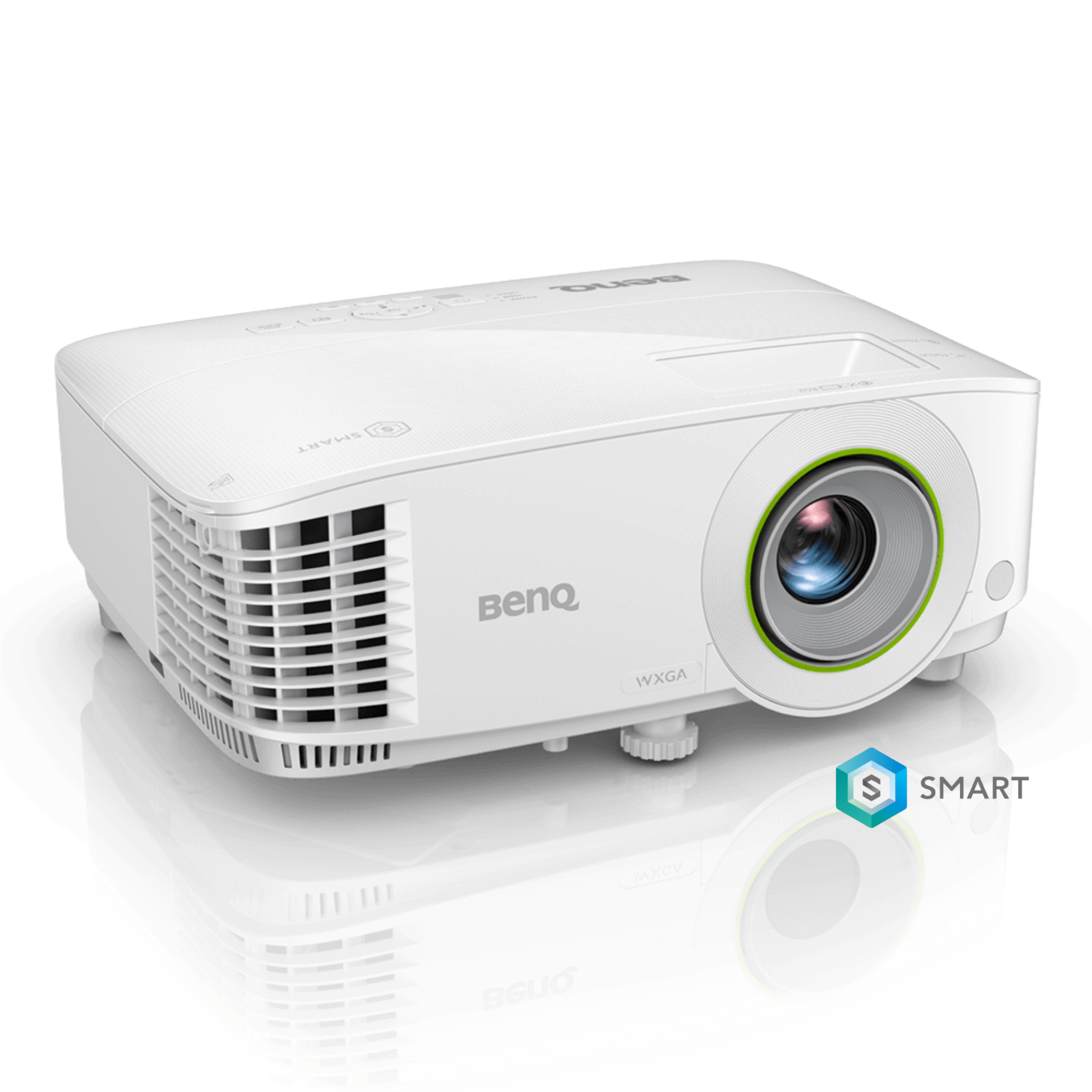How to Hold Great Meetings in a Hybrid Work Setting
- BenQ
- 2021-03-16
You may have noticed that the quality and focus of meetings has somewhat deteriorated since your organization has shifted to hybrid work. With some team members in the office and others joining from home, there are plenty of challenges to keeping everyone on track and getting the most of every meeting. Technical issues, coordinating schedules, connectivity problems and more, all contribute to putting a strain on meeting efficiency and scope of successful collaboration.
You need all the help you can get to make meetings successful.
Everyone Still Needs Meetings, Even with COVID-19
To quote The Economist, “meetings are a necessary evil, but sometimes they seem less necessary and more evil than they have to be.” While most of us don’t like meetings, we of course need them to keep functioning as a team. And the truth is, most organizations forget to take fairly simple steps that make meetings a lot more productive.
With that in mind, COVID-19 has had a mixed effect on business and organizational meeting culture. Work from home and partial office attendance seem to have adversely affected the seriousness with which meetings are generally taken. For example, research shows that a whopping 75.9% of workers in the UK believe virtual meetings are, put bluntly, a waste of time. This follows on other data that concluded UK office workers waste 13 days out of a business year on what they term “unproductive meetings”.
More recently, Gartner studies found that “if the in-person meeting is terrible, the remote version of the same will be exponentially more so”. Holding a successful meeting has become even more challenging than pre-pandemic and meeting quality could have used improvement in most places long before the pandemic.
People and Process at the Forefront
A research conducted by Gartner find that meetings remain just as important as before even as their pure function in the workflow changes. No longer so much standalone scheduled events, meetings now have evolved to do what they were always supposed to do, which is get people together to address a topic as efficiently as possible. That sounds like a good thing, but the burden of proof on new model hybrid meetings is heavier.
Distractions play a huge role in hybrid meetings.
At the office it’s just people in a conference room, with maybe smartphones to distract them. Hybrid meetings have everyone dealing with kids and pets running behind team members, and that’s just one example. Join a hybrid meeting and you’ll be treated to an orchestra of kitchen sounds, leaf blowers, background traffic, etc. Getting distracted with all of that going on is not unexpected.
This probably explains why meetings have become shorter and less frequent. When everyone attends at the office you get a captive audience. With remote attendance, things get tricky. So you should only schedule meetings when really necessary, and not for the sake of meeting. Only invite people who are absolutely needed at the meeting, and make sure you have clear goals and agendas. Every meeting must solve a problem, plan a specific action or feature, make a clear decision, or report on a status the organization must be aware of.
The classic old “knowledge sharing” meeting is the easiest gathering type to get rid of, as knowledge can be shared via email and other non-meeting means.
Meetings must respect people’s time.
You should have a clear time limit for each event and stick to it. Going overtime results in negative reactions from stakeholders. Everyone’s time is valuable, especially now that we all have a new perspective on life as a whole. Related to that is meeting discipline. Don’t have people talking over each other (very easy to do with remote attendance), and make sure to assign clear speaking roles.
Enable efficiency with the right tools
With regards to technology within the hybrid meeting and office context, presentation tools have gained in prominence because if people aren’t physically in the room with the presenter or with each other, then you naturally need good technology to allow content visibility for everyone at the same time. Previously you could skate by with one simple projector and a laptop. In the hybrid workplace timeline, that may not suffice.
Tackling Interactivity and Engagement Issues
Because the focus should be on concrete decision making, making sure to send as many of the relevant materials as you can in advance, so that team members become familiar with content before joining, can help save a lot of time.
What you want to get away from are old school meetings, which have been variously described as “information dumping monologues”. You want engaging, interactive meeting sessions that reach conclusions quickly and with a high rate of actionable success.
At some organizations, like LinkedIn, meetings have changed so much that managers believe they’ve effectively gotten rid of meetings altogether. The concept of “meeting” has changed dramatically over the last year, it now really is a matter of semantics. Perhaps by “before times” standards a productive ten minutes session that gets things done wouldn’t qualify as a meeting at all.
A few important tips to consider. First, involve everyone. Especially because everyone at the meeting is supposed to be there and has a specific role. In hybrid meetings it’s very easy to forget about a participant as they’re not in the room but rather a small head with bookshelves in the background, floating on your screen. This not only retains people’s attention, it works towards your goal of addressing particular issues as no one’s time is wasted.
As meetings evolve, so must meeting technology adapt. Interaction benefits from upgraded meeting tools. So be ready to have everyone share information and content like files, images, and videos. Ready means doing it quickly and hassle-free, not fiddling with a bunch of USB drives for an hour.
As meetings evolve, so must meeting technology adapt. Interaction benefits from upgraded meeting tools, and as you can see here, you can’t rely on setups designed with older meeting modalities in mind.
Get Together Better
Meetings remain a staple of business and organizational activity. We may be able to make them shorter, more efficient, and less frequent, but they’re still here.
To succeed in vastly changed circumstances, businesses and organizations need to adopt a modular approach that more easily resists disruptions and quickly adapts to circumstances. Gartner describes such organizations as “composable”, and asserts that they possess scalability, flexibility, and a focus on the smooth execution of organizational goals.
Workflow and work fluidity have become one, in many cases. All of this has the potential to revolutionize efficiency, but challenges definitely remain. And you need to prepare better.





